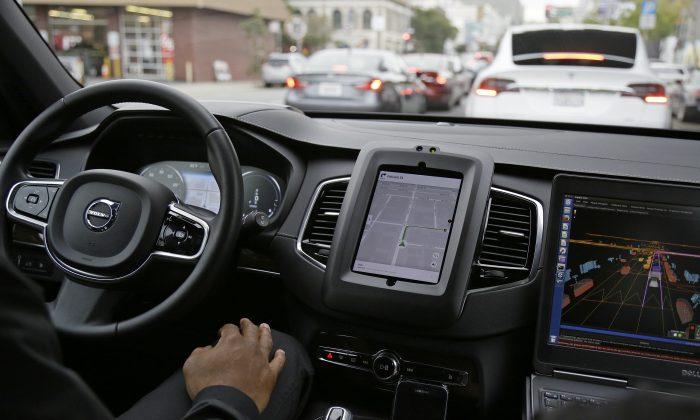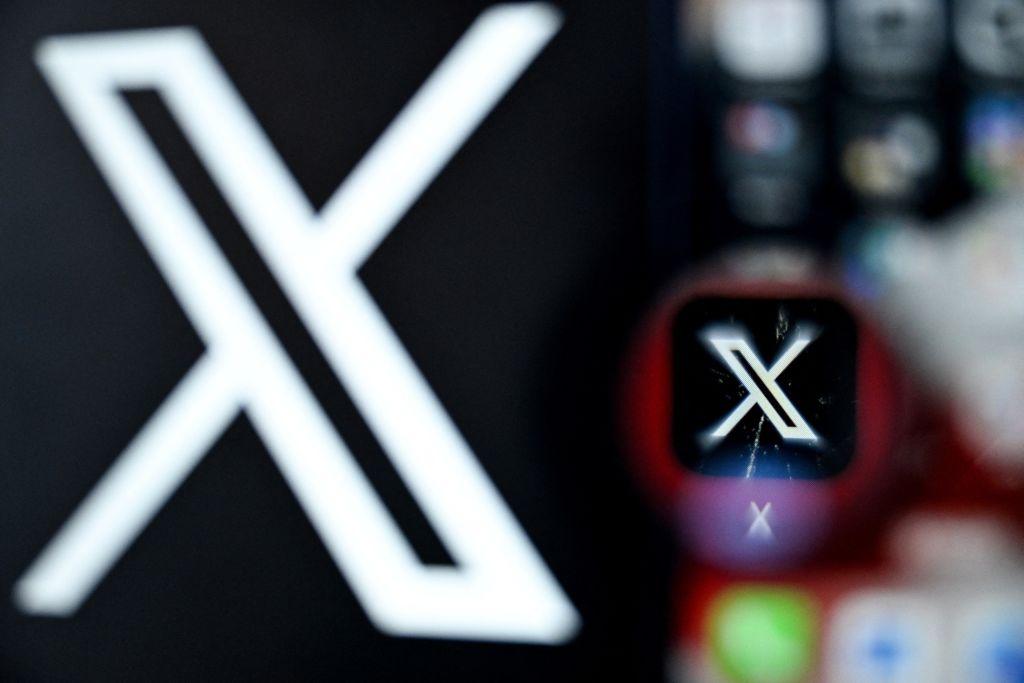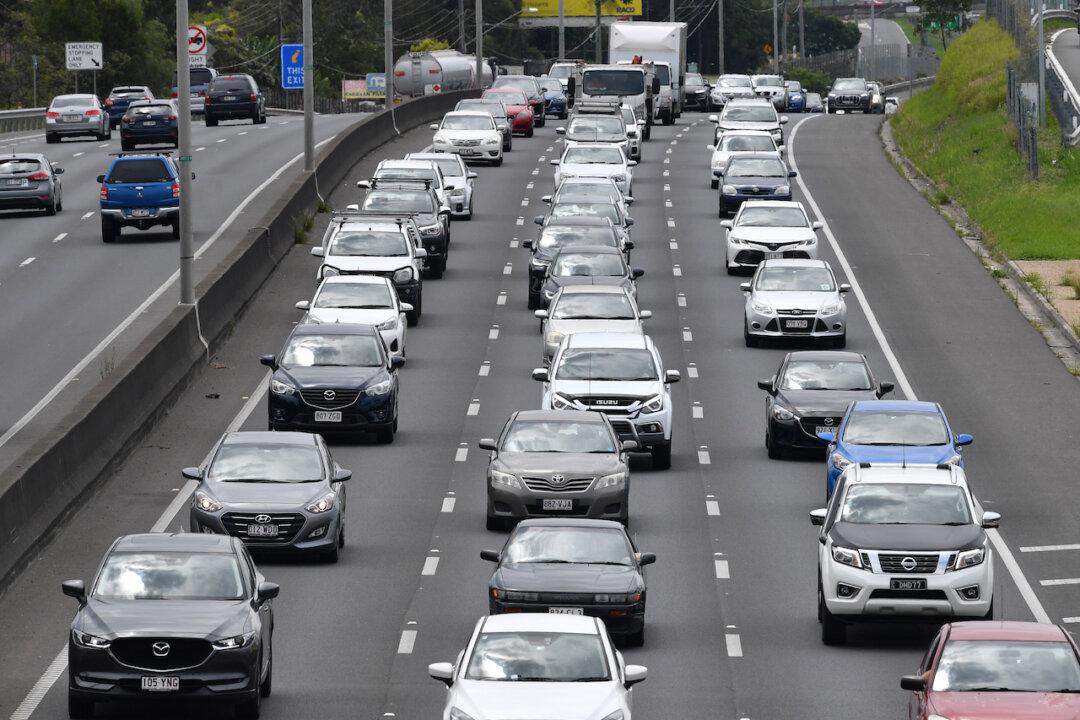Australian researchers have discovered a way for autonomous cars to “see” the world around them so they can track running pedestrians hidden behind buildings, and cyclists obscured by trucks and buses.
The ground-breaking development uses so called X-ray styled vision to penetrate beyond traffic blind spots.
Unlike Superman’s ability to see through solid objects, however, the technology relies on multiple vehicles sharing lines of sight.
It is expected emerging intelligent transportation systems (ITS) will facilitate the concept, known as co-operative perception (CP).
Engineers and scientists have said that roadside information-sharing units or ITS stations equipped with camera and radar sensors will allow driverless cars to share what they “see” with others using vehicle-to-X communication.
This will allow them to tap into various viewpoints.
The breakthrough is the product of three years of collaboration between the University of Sydney’s field robotics centre and software company Cohda Wireless.
Its creators believe hooking vehicles up to the one system will significantly increase the collective range of perception, allowing connected vehicles to detect things they would not normally be able to.
During testing, smart cars were able to track pedestrians visually obstructed by a building using CP information, said Australian Centre for Field Robotics director Prof. Eduardo Nebot.
“This was achieved seconds before local perception sensors or the driver could possibly see the same pedestrian around the corner, providing extra time for the driver or the navigation stack to react,” he said.
“This is a game changer for both human-operated and autonomous vehicles which we hope will substantially improve the efficiency and safety of road transportation.”
Other experiments demonstrated the CP technology’s ability to safely interact with walking pedestrians and those rushing towards crossings.
“The connected autonomous vehicle managed to take pre-emptive action: braking and stopping before the pedestrian crossing area based on the predicted movement of the pedestrian,” Nebot said.
Meanwhile, a University of NSW study has proposed a freeway network design with exclusive lanes for autonomous vehicles.
Using computer modelling of mixed scenarios, engineers found dedicated lanes significantly improved the overall safety and traffic flow in a hybrid network.
Lead author Dr. Shantanu Chakraborty said the proposed model would help minimise interaction with driver-operated cars and reduce overall congestion.
“The mix of autonomous vehicles and legacy vehicles will cause issues on the road network unless there is proper modelling during this transition phase,” he said.
While adding an exclusive lane would mean disruption, Chakraborty said this is already happening for buses.
Freeways would be best to trial the idea with their dedicated entry and exit points where drivers can automatically switch automated features on and off, he added.
Variable signboards could also be used to change lane designations based on traffic conditions.






Friends Read Free